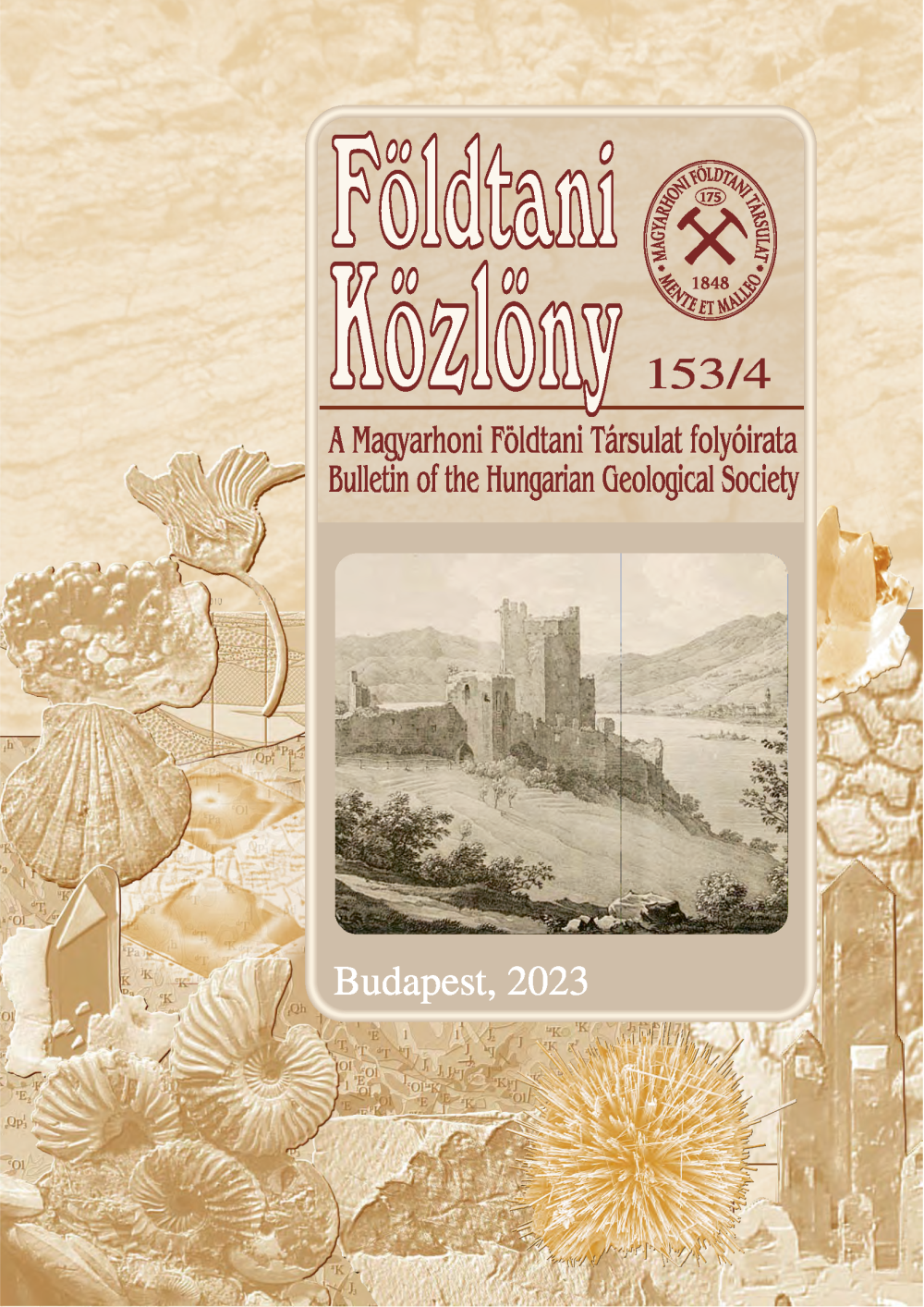Role of impact structures in earth sciences I
General features of terrestrial impact structures and their distributions
Abstract
Impact craters are among the most common surface elements on the surfaces of the Earth-type planets, moons,
asteroids and even on the comets. Morphological characteristics of these craters are well known, but their recognition on
Earth is problematic because of erosional processes and vegetation cover of the surface. Their distributions are also
important because crater-distributions show relative ages of different planet surfaces, which are comparable to other
planet surfaces. Generally, it can be said that the larger the numbers of impact craters, the older the surface (assuming
nearly continuous and similar cratering rates on different planet surfaces). Geographical distribution of meteorite craters
on Erath’s surface not only determined by cratering rates, but also modified by continent drifting (plate tectonics) and
various post-impact erosional mechanisms (fluvial and aeolian processes, mass movements, sediment covering, etc.).
Crater morphology also useful to study surface geology and other surface conditions of the planets.
Unequal distributions (different crater/area ratios on different surfaces) of terrestrial meteorite craters (by diameter
and age) on different continents implies undiscovered meteorite craters (assuming similar cratering rates), or different
rates of crater erosion.











